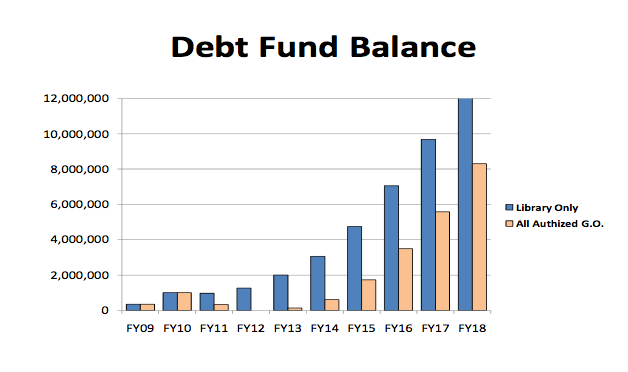Last night I made a few remarks to Council before they codified a series of restrictions on the use of Peace and Justice Plaza Downtown by organized and disorganized activist.
We renamed the small patch of ground outside the Downtown post office to Peace and Justice Plaza to honor its central place in Chapel Hill’s progressive history. Before the Town acquired the property in the 70’s, its unique status as a slice of Federal land front-n-center in our community made it an invaluable refuge for local civil rights activist who wanted folks to see what others didn’t want to be seen – that even educated Chapel Hill bore the stain of racial inequality.
Why did Council slide these changes altering a historical dynamic through, undermining the meaning of Peace & Justice, without reaching out to the community? Why the desperate speed?
It appears because the Town couldn’t figure out how to evict one remaining protester who by most descriptions was a homeless man using the Occupy movement as an excuse for staying. Rather than address that specific issue, Council chose to hastily adopt a potentially very chilling approach.
Until we see specific guidelines, drafted out of sight of the community – chiefly by the Town Manager – we will not know.
For at least 50 years, a small patch of ground outside Downtown’s Post Office has served as our Town commons. This historical precedent was set by local civil rights activists who sought to circumvent Town and State attempts to shutter the voices raised against racial inequality.
They sought refuge on that small piece of Federal land because efforts to evict would become – literally- a “Federal caseâ€. Sadly, they expected Federal courts would be more sympathetic in supporting their Constitutional right to assemble, to speak, to petition and to ask for redress of grievances than our local community.
Over time, protection of those fundamental rights has shifted towards local governments. Chapel Hill citizens, some at great costs, have stood up and fought to maintain and expand key civic values including equality in their recognition of same-sex partners.
I was reminded of how unique our community is during a 2003 anti-war protest in Raleigh.
While his supporters got a front-row seat, protesters were herded into a chain link enclosure well away from President Bush’s cavalcade. Out of sight, out of mind. By then, the Federal courts had decided that a bureaucratically proscribed “designated free speech zone†was acceptable.Tonight you are being asked to make what appears to be a few “minor†changes to Town ordinances. That is not the case.
The suggested changes allow the Manager to dictate what neatly fits into a particular idea of reasonable discourse. Times, locations and extent of exercise of Rights will be determined by the somewhat vague guidelines he as his staff deem necessary.
I’m disappointed that the recent occupation of the one place in our community reserved and cherished for free assembly didn’t serve as a lesson in how to preserve and even promote more civic discourse. Rather it seems to have served as a call to arms to cordon off what makes some folks uncomfortable.
In a free and democratic society we must err on the side of openness and access to the public commons. We must tolerate a process that can be a bit unsettling and untidy.
There are vanishingly few public spaces left for assembly of citizens. If not Peace & Justice, where?
During the Chapel Hill 2020 process Downtown has been touted as the place for the community to come to meet with many proposals for an enhanced public square.
Now is the time to ask – “How public?â€
Please put off further amendments constraining our public commons until our community has fully weighed in.
I got into a bit of a discussion with Mayor Mark Kleinschmidt about a loaded equivalence described in the Town legal brief.
The memo describes a scenario where two groups at polar extremes want to occupy the plaza. The examples used: Nazis and Jewish community, KKK and NAACP members, Anarchist and peace officers.
Of course, the hatred expressed by the Nazi and KKK members against the Jewish and African-American communities is well-documented and exemplified by horrendous acts.
I learned a little about Anarchism in university 30+ years ago and have since endeavored to learn more after the recent Yate’s Motor occupation and police raid. From what I’ve read and learned from some of the local adherents, Anarchism is not a political movement but, rather, a political philosophy with many avenues of expression.
There is nothing intrinsic to that political philosophy requiring vilification, especially at the level suggested by using the KKK and Nazis, of the police.
It was inappropriate of staff, and surprising of the majority of Council, to endorse such an equivalence.

